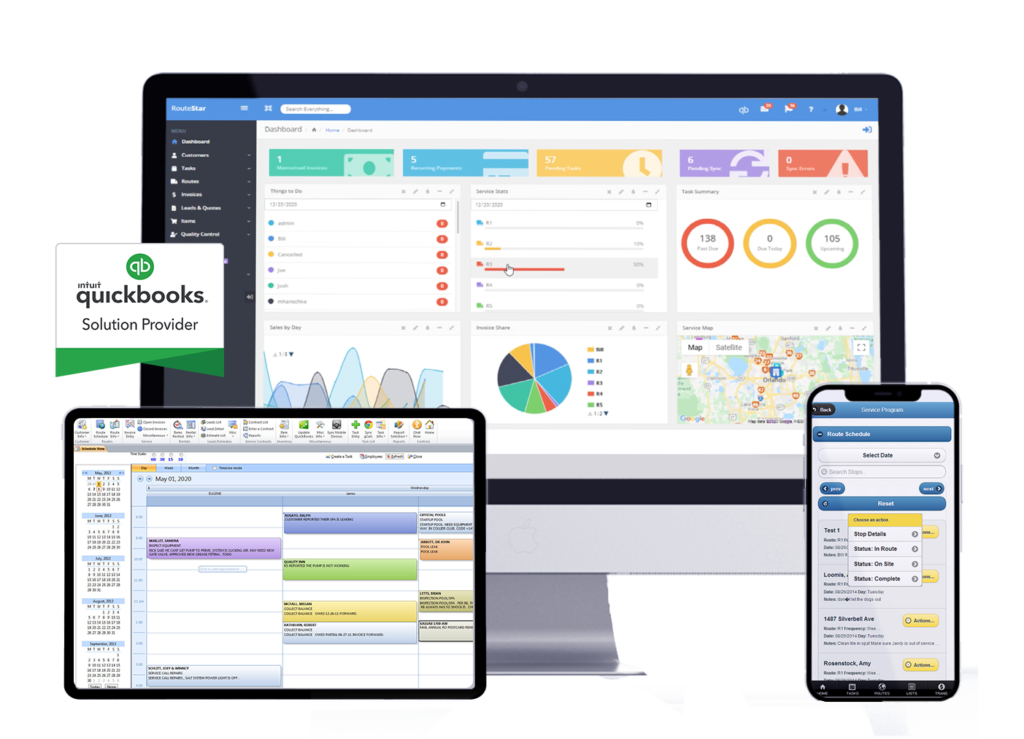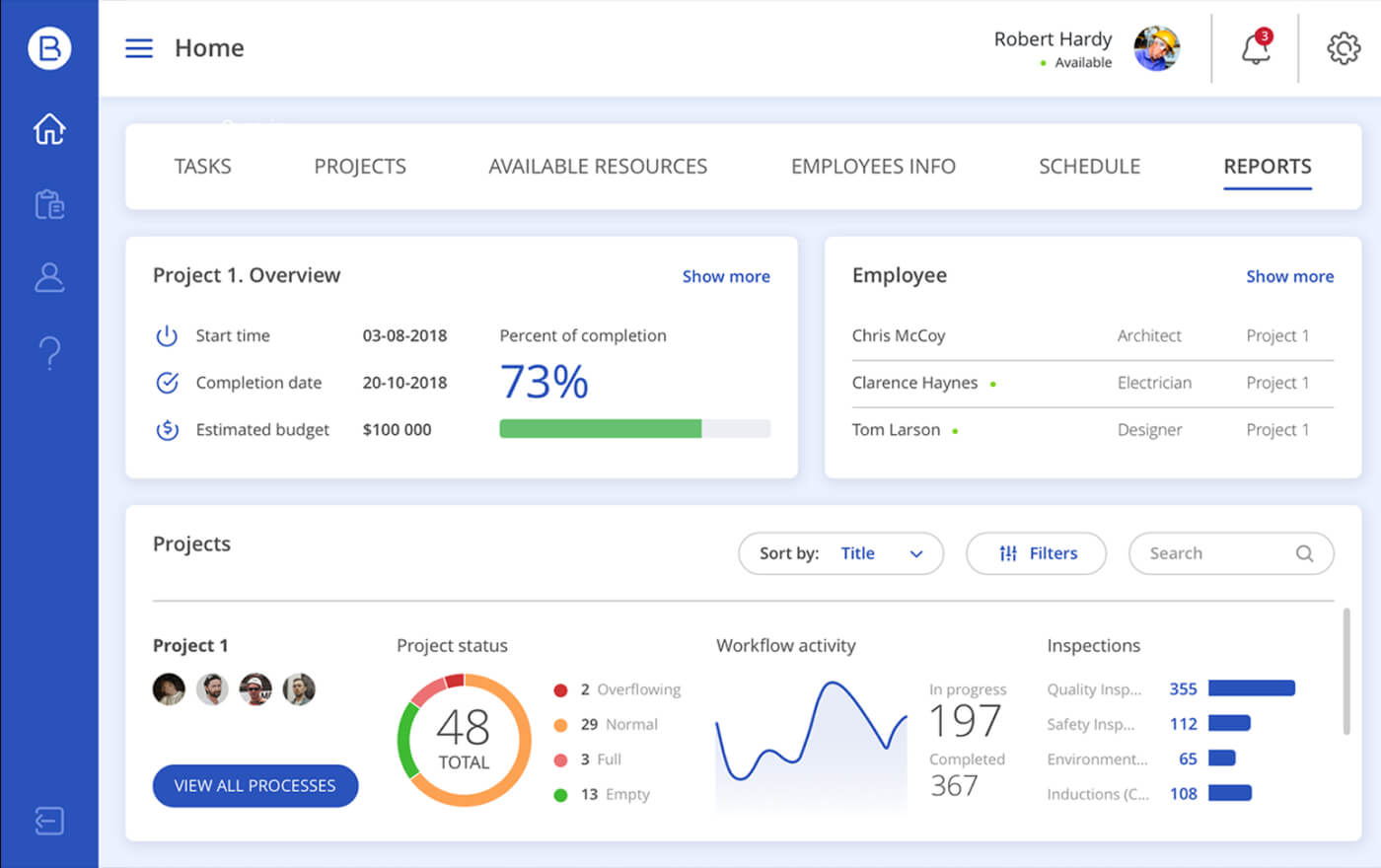Advanced Building Management Software Application: Enhancing Productivity and Cooperation in the Market
In a sector where accuracy and performance are paramount, the integration of advanced building administration software application has reinvented the method jobs are prepared, implemented, and checked. By supplying real-time task monitoring abilities, enhanced resource allotment features, and seamless interaction systems, these software application options have become essential tools for construction specialists intending to raise their productivity and foster stronger synergy.
Advantages of Advanced Building Software
The utilization of innovative building software application considerably enhances performance and job outcomes within the building and construction market. One essential benefit of innovative building software is the capacity to improve task management procedures. Via functions like automated scheduling, real-time collaboration devices, and information analytics, project supervisors can better strategy, track, and monitor task progress. This leads to far better resource allowance, reduced hold-ups, and improved total project timelines.
Furthermore, progressed construction software assists improve interaction and collaboration among job stakeholders. With streamlined systems for sharing task documents, tracking modifications, and communicating updates, teams can work a lot more cohesively in the direction of usual job objectives. This cultivates better decision-making, reduces the probability of mistakes, and boosts total job top quality.
Furthermore, advanced construction software application uses understandings through information analytics that can assist recognize patterns, enhance processes, and reduce threats. By leveraging data-driven knowledge, building firms can make more informed decisions, adjust to transforming task characteristics, and inevitably drive better task outcomes. In general, the advantages of sophisticated construction software program are crucial in improving efficiency, cooperation, and task success within the building and construction market.
Real-Time Task Tracking Capacities
With the seamless assimilation of real-time job monitoring capacities, building and construction groups can effectively keep track of development, boost decision-making, and make sure job timelines are fulfilled. Real-time project monitoring enables stakeholders to access current info on various facets of the building and construction project, consisting of job completion status, source allowance, and prospective bottlenecks. This degree of openness promotes cooperation amongst team members, subcontractors, and clients, leading to boosted interaction and quicker issue resolution.
In addition, real-time task monitoring supplies job managers with the required information to make educated choices without delay. By having instant access to essential performance signs and project metrics, supervisors can determine concerns early on, carry out corrective steps, and maximize project operations. This positive strategy aids in avoiding delays, reducing expenses, and ultimately boosting general task performance.

Boosted Source Appropriation Attributes
Making use of sophisticated source appropriation tools streamlines building and construction job monitoring processes and optimizes labor force efficiency. These functions enable task supervisors to assign tasks, devices, and products with precision, making certain that resources are made use of efficiently (australian construction software). By having a centralized system that offers real-time exposure into resource availability and requirements, construction groups can make educated decisions promptly, staying clear of hold-ups and price overruns
Boosted source allowance attributes additionally promote much better partnership among group members. With clear projects and transparent source distribution, every individual understands their duty and obligations, fostering synergy and accountability. This causes boosted communication and control, eventually improving productivity and project outcomes.

Improved Communication Systems
Enhancing communication platforms in building management software substantially improves task sychronisation and performance. By integrating attributes such as real-time messaging, documents sharing, and task projects, teams can team up flawlessly no matter their physical places. With boosted communication systems, stakeholders can obtain immediate updates, share vital files, and review project information immediately, leading to quicker decision-making processes.
In addition, these advanced interaction devices enable for far better openness and accountability within building tasks. Employee can track development, provide feedback, and address concerns promptly, promoting a much more joint and productive work atmosphere. In addition, having centralized communication channels within the construction administration software program lowers the risk of miscommunication and guarantees that all staff member are on the very same web page.
Streamlining Workflows for Efficiency
By applying streamlined operations, construction companies can get rid of bottlenecks, minimize errors, and guarantee that tasks advance smoothly from start to finish. One way to attain this is by automating repetitive jobs such as job scheduling, source appropriation, and progression tracking.
Additionally, integrating various facets of project administration, such as budgeting, file monitoring, and interaction, pop over here into a single system can better improve workflows. This combination allows for real-time collaboration and data sharing among staff member, getting rid of the requirement for hands-on data entry and guaranteeing that everybody is collaborating with the most current information.

Conclusion
In verdict, progressed building and construction monitoring software application supplies numerous advantages such as real-time task monitoring, improved resource allotment, improved communication systems, and structured operations. Generally, progressed building software plays an essential role in boosting effectiveness and success in building and construction tasks.